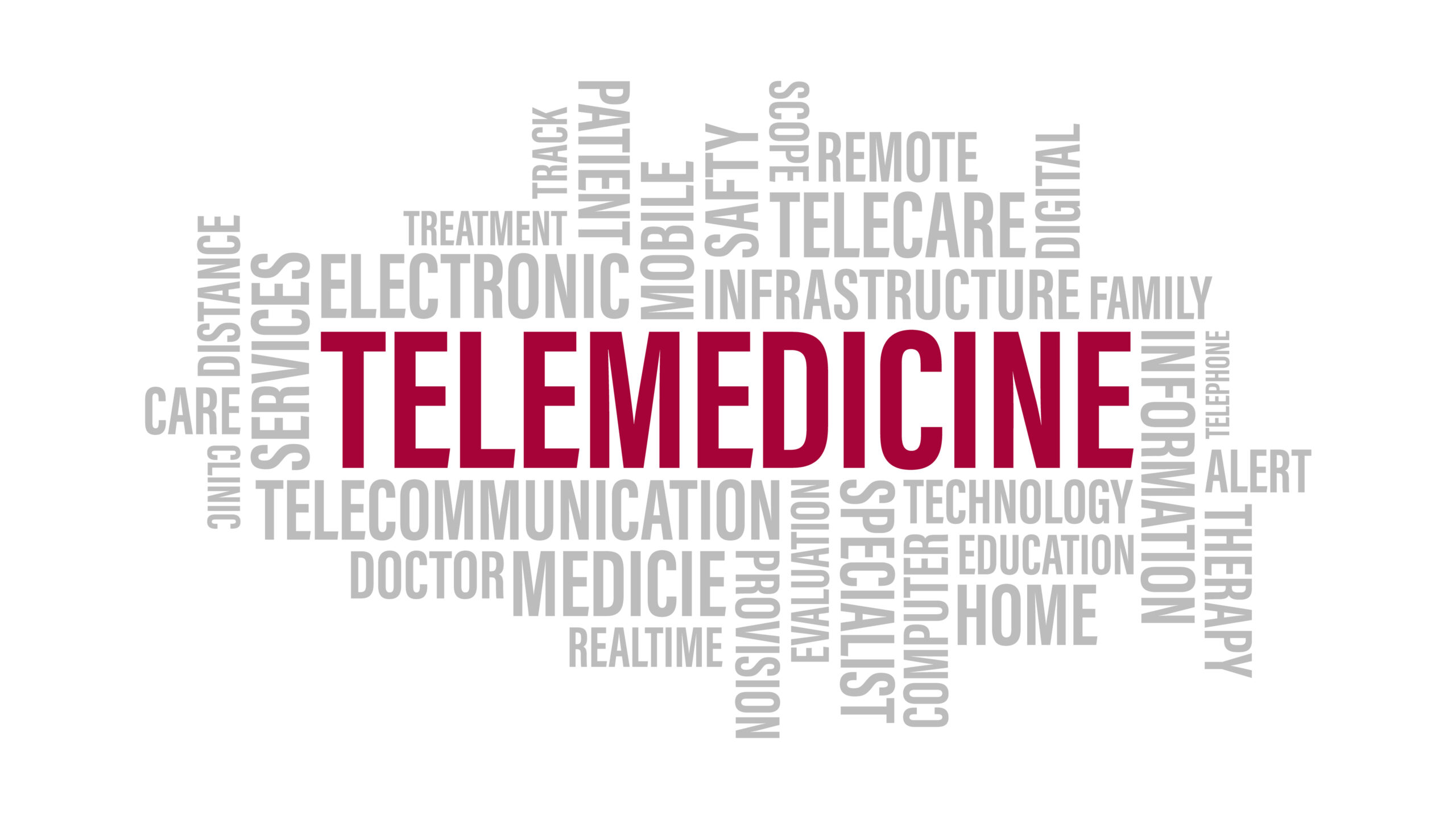
Emerging technologies are opening up a wide range of possibilities in detecting Alzheimer’s disease (AD). The disease is extremely prevalent in the US, with 5 million Americans living with the disease in 2014. The CDC projects this number to rise to 14 million in 2060, and researchers have put emphasis on early detection in better managing the disease. Smartphone applications, wearable devices such as smartwatches and rings, and other consumer devices offer an accurate and convenient means of monitoring physiological changes associated with the disease. Many of these technologies have been clinically validated to measure vital functions that are impaired in AD patients, and new devices are emerging rapidly. In this article, we review some of the ways that digital health solutions are helping to better detect AD.
Walking Data
One area of impairment in patients with AD is walking mechanics, or gait. Gait speed, symmetry, and stride length are typically reduced in patients with the disease, and their walking speed is much more variable. This can be detected via clinical assessment, with the physician observing the patient walking for a certain distance or duration. Alternatively, patient’s can be monitored through portable equipment. Sensors within smartphones, watches, and other wearables provide accurate data regarding the patient’s gait, offering a way to continuously monitor one’s walking habits. This information could be enhanced even further with contact sensors in a shoe or sock that provide pressure readings.
Fine Motor Control
Loss of fine motor control is another strong indicator of AD, with finger tapping speed and tracing accuracy being cited as being tethered to early disease symptoms. The test for finger tapping speed involves the patient tapping a button as fast as they can and recording the number of taps in a given amount of time. This tapping speed typically decreases with age, however the speed decreases much more rapidly after onset of AD. These tapping tests have already been incorporated into smartphone apps with strong patient adherence, focusing mainly on patients with Parkinson’s disease. Another means of monitoring finger tapping speed presents in data regarding keystroke. Typing speed on a computer or touch screen device is a data source that is easy to tap into and very prevalent with how commonly patients type in day-to-day activities. Keystrokes per minute and number of pauses while typing can provide detailed information regarding the impaired fine motor skills seen in AD patients. Accuracy in digital pen motion during tracing tests has been used to observe fine motor control as well. Having patients use a digital pen and a tablet to trace a given shape, physicians can record the errors in tracing to potentially detect early signs of AD.
Speech and Language
Characteristics in the way one speaks can also be indicative of AD. Metrics regarding sentence segment lengths, pauses in speech, and amount of other vocal irregularities have been used to differentiate between healthy individuals and those with AD. This data can easily be recorded through smartphone conversations and automatic speech recognition tools such as the Amazon Alexa. Apps with digital assistants can also be used to monitor these deviations in a patient’s speech patterns. Written language can be analyzed using smartphone technologies as well, with abnormalities in sentence structure and content providing signs of early AD.
Motor Control of the Eye
Both eye movement and pupil control provide data regarding brain function that can be used to detect AD. Modern smartphones and tablets are equipped with cameras that are strong enough to capture changes in pupil diameter at a very high frame rate, providing pupillary reflex data. AD patients typically have impairment in pupillary reaction to changes in illumination, and the smartphone offers a convenient means of capturing this data. These cameras can also be used to detect abnormalities in blinking and eye motion while reading, two other indicators of the disease.
Heart Rate
Due to nervous system damage, AD patients display unusual cardiac activity when compared to their healthy counterparts. Now that many wearable smartwatches and rings are equipped with ECG sensors, they can provide accurate data regarding the user’s heart rate. Heart rate variability is correlated to parasympathetic nervous system function, with variability being lower in AD patients due to parasympathetic impairments. Devices such as the Apple Watch offer a continuous monitoring system for heart rate deviations that can help diagnose early AD.
Sleep Patterns
Abnormal sleep patterns have been detected in AD patients as well, with more sleep fragmentation and nighttime awakenings, and less REM sleep being common symptoms. Smartphone microphones paired with sleep monitoring apps can be used to monitor user’s sleep patterns accurately in the comfort of their own home. Wearables such as rings and watches also offer a convenient means of monitoring one’s sleeping habits. Consumer devices such as the Withings sleep mat, designed to detect sleep apnea, also track sleep patterns with great accuracy.
READ MORE: Using VR Navigation Tests to Detect Alzheimer’s Many Years in Advance
Source: NPJ Digital Medicine






 © 2025 Mashup Media, LLC, a Formedics Property. All Rights Reserved.
© 2025 Mashup Media, LLC, a Formedics Property. All Rights Reserved.